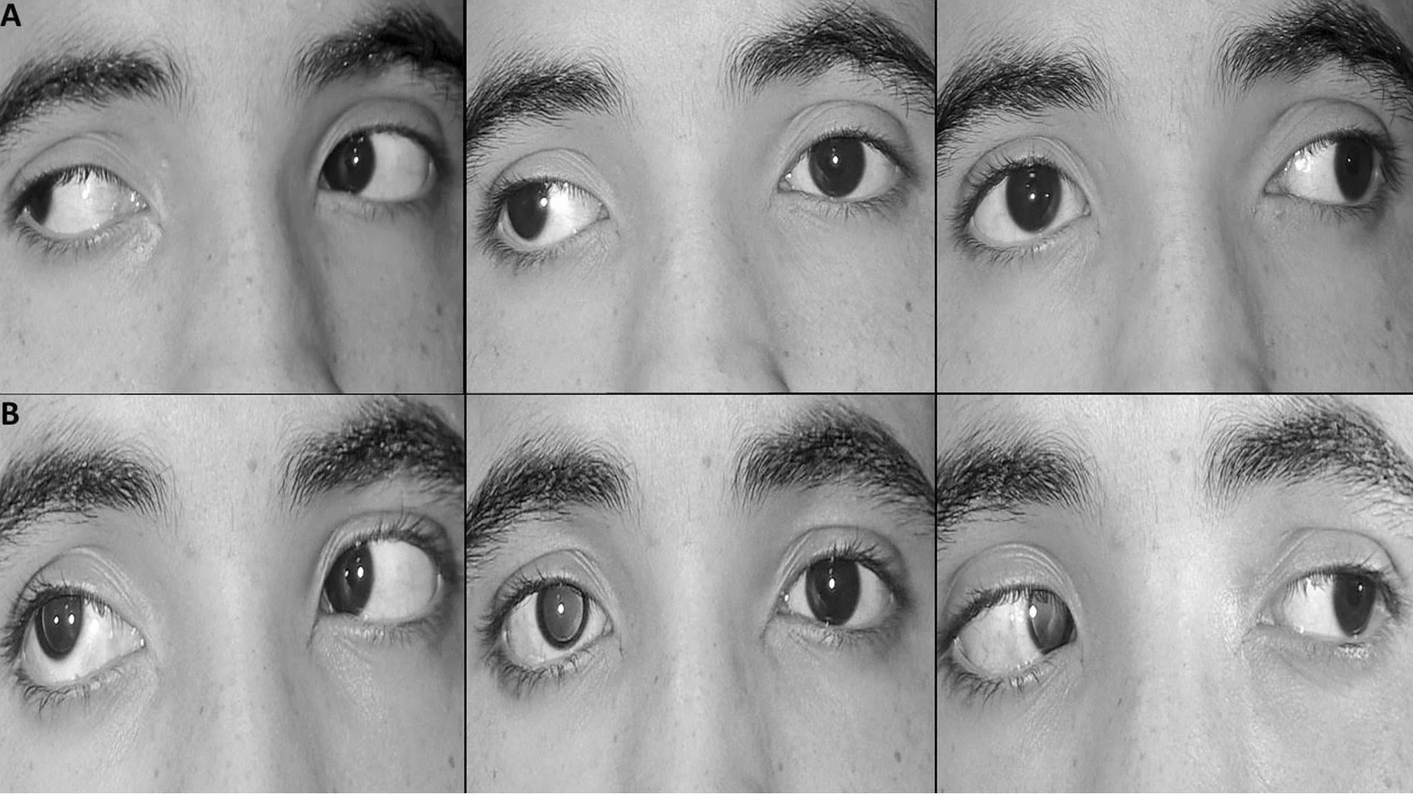 |
|
Well-controlled patients with IXT do not experience extended periods of retinal image defocus. Photo: Mohamed F. Farid. Click image to enlarge. |
Individuals with different types of intermittent exotropia (IXT) may use neurally coupled accommodation and vergence responses differently from those without exotropia to achieve eye alignment. A recent study examined the relationship between simultaneously recorded accommodation and vergence responses in children and young adults with a range of types of exotropia while aligned and deviated.
Total responses of 29 participants with IXT (ages four to 31) and 24 age-matched controls were recorded using simultaneous eye-tracking and eccentric photorefraction while they watched a movie in binocular or monocular viewing at varying viewing distances. Gradient response accommodative convergence to accommodation ratios and fusional vergence ranges were also assessed. Eight participants had divergence or pseudo-divergence excess type IXT, five had convergence insufficiency and 16 had basic exo findings.
It was found that the participants with well-controlled IXT did not experience an ocular motor conflict between binocular fusion with blurred vision and diplopia with clear vision. Additionally, most of the participants with IXT who deviated spontaneously during binocular viewing showed minimal change in accommodation when deviated compared with when aligned.
“This suggests that our IXT participants did not need to choose between binocular fusion with single but blurred vision vs. lack of binocularity but with clear vision and implies that they did not use accommodation to control their eye alignment,” the study authors explained in their paper. “Greater sensitivity to proximal cues exhibited by these participants with IXT, especially those with better control at near, confirms the importance of other components beyond accommodative and fusional vergence in controlling the deviation.”
This study suggests control of IXT is typically neither driven by accommodative convergence alone nor associated with over-accommodation secondary to fusional convergence efforts.
“In summary, while these simultaneous response measures demonstrate a range of behaviors in different participants with IXT, emphasizing the need to measure accommodation responses in the clinic, overall they suggest that relatively well-controlled patients with IXT are not experiencing extended periods of retinal image defocus relative to typical individuals,” the team concluded.
Mestre C, Neupane S, Manh V, et al. Vergence and accommodation responses in the control of intermittent exotropia. Ophthalmic Physiol Opt. Epub ahead of print Jan 3, 2023. |

